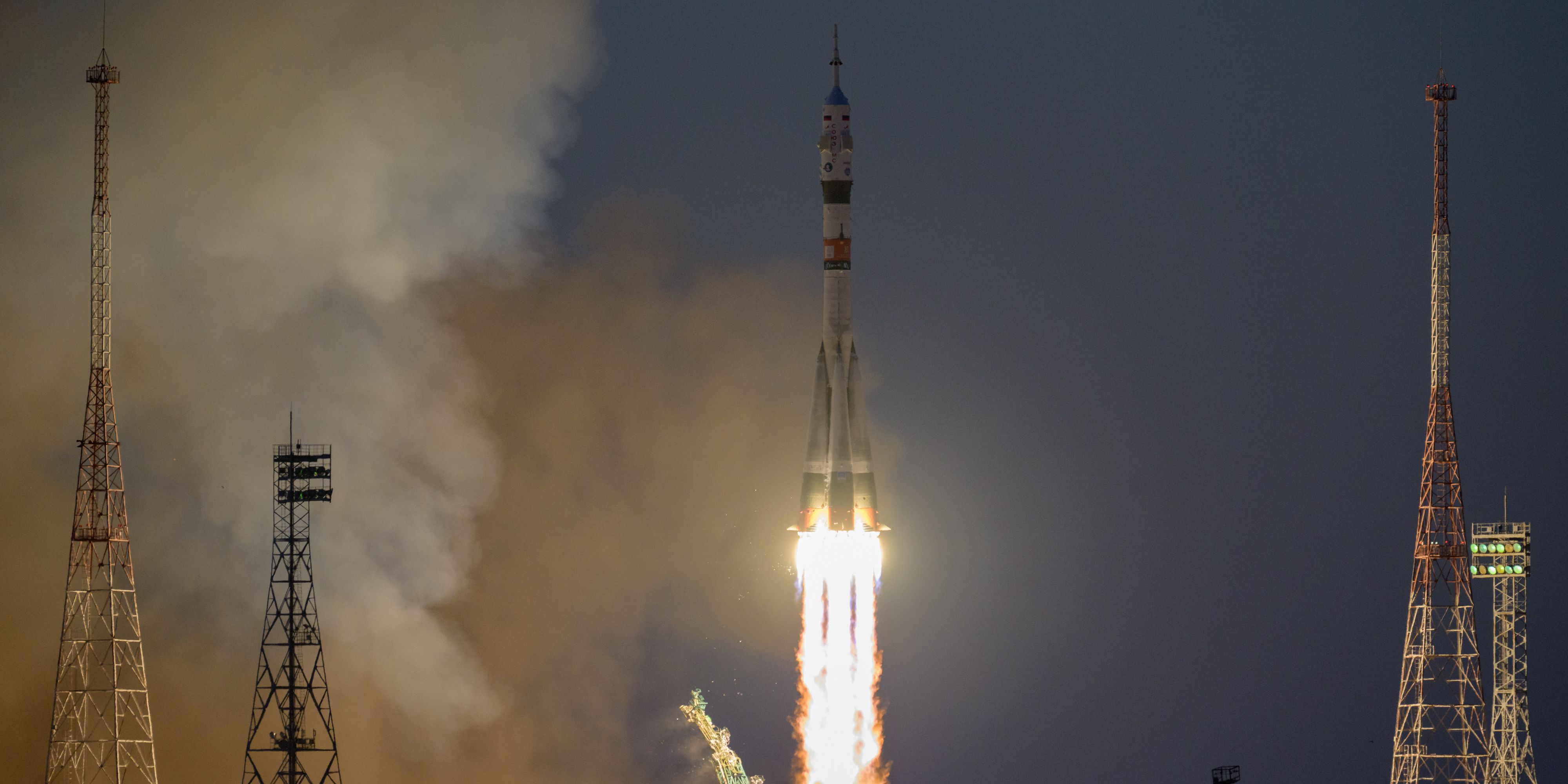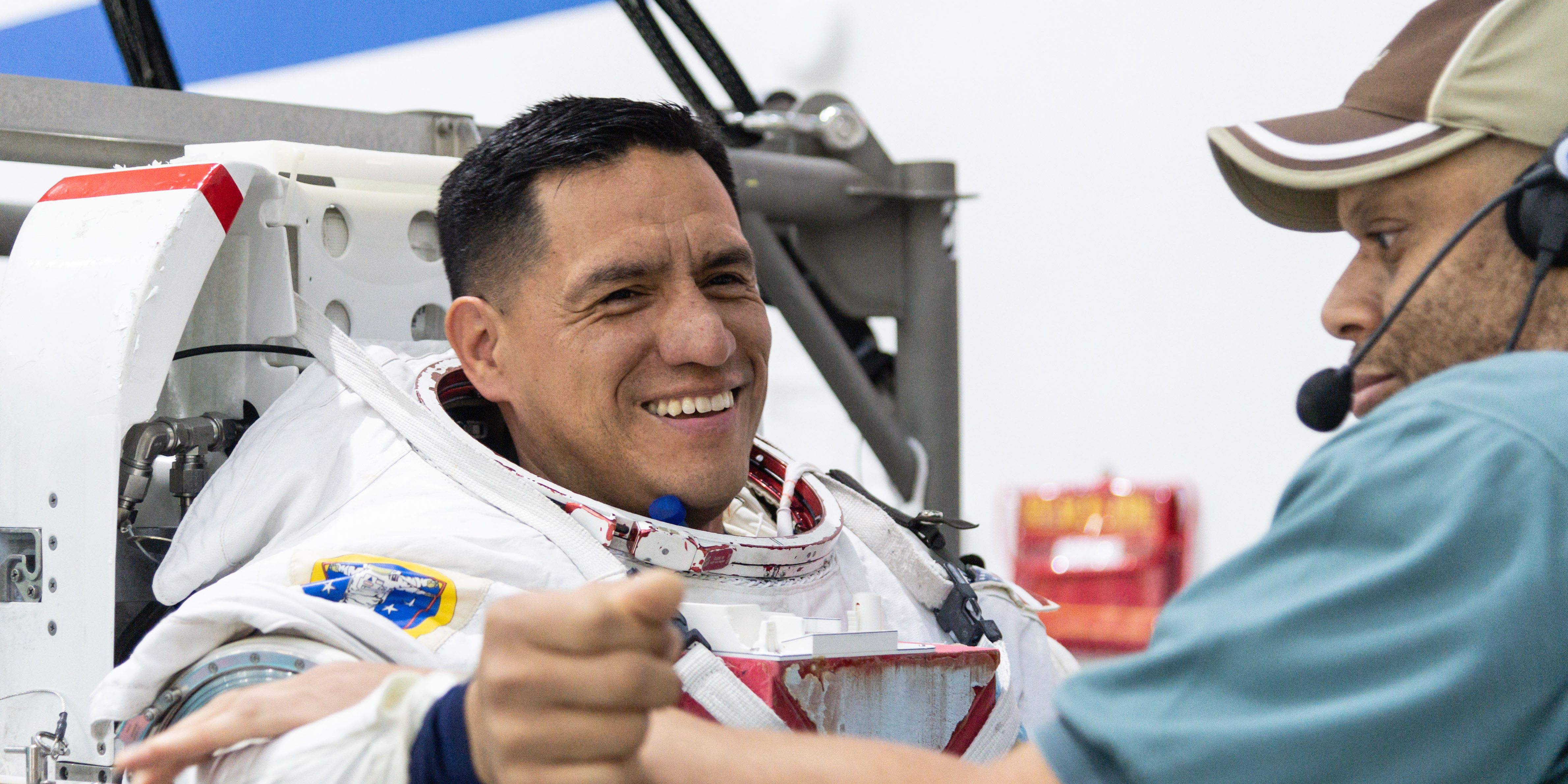Three new crew members, including NASA astronaut Frank Rubio, arrived safely at the International Space Station (ISS) this week, where they will spend the coming days preparing for the beginning of Expedition 68. Rubio and his crew mates are anticipating a busy six-month stay aboard the space station, full of experimentation, camaraderie, and perhaps even a spacewalk.
The International Space Station is a long-term orbiting research laboratory, and is the result of an enduring collaboration among NASA, the European Space Agency (ESA), the Japan Aerospace Exploration Agency (JAXA), and the Russian Space Agency Roscosmos. The ISS is in its twilight years, and is scheduled to be intentionally deorbited after 2030, but its immediate future has been called into question by Russia’s recent announcement that it plans to exit the ISS prematurely. Such claims come amid tensions between Russia and other ISS nations surrounding Russia’s invasion of Ukraine. As Russia has complete control over the sections of the ISS under its purview, including all ISS propulsion systems, keeping the ISS functional without Russian participation would be extremely challenging.
Now that they have safely arrived aboard the ISS, the new additions to the crew will spend the next several days acclimating to life in orbit. Rubio, a Miami native, former U.S. Army doctor, and Artemis Moon Mission team member, is the first astronaut of Salvadoran origin to go to space. In a press conference held this summer, he shared that while he’s obviously excited about the possibility of any extravehicular activity (EVA) like a spacewalk, he’s even more enthusiastic about some of the experiments he and his crew members will be able to contribute to. Use of the ISS lab is in high demand, largely because the unique microgravity environment cannot be replicated elsewhere. “There’s some really neat biological experiments that I look forward to, obviously, because of my background,” Rubio shared. “The biofabrication experiment that will be up there… the possibilities that represents, of possibly being able to reproduce human organs, which would just be phenomenal, in our capability to deal with human disease.”
Tense International Relations And The Greater Good
A NASA press release, which announced Rubio’s safe arrival, added that during their stay the crew “will work on science and research in technology development, Earth science, biology, human research, and more.” In addition to diving into groundbreaking research, however, the newest ISS crew members will also have to grapple with more quotidian concerns, including showering in microgravity and logging in-space nutritional intake.
Despite ongoing US-Russia tensions both in space and on Earth, this mission is the result of a mutually beneficial partnership between the two nations. Rubio flew to the ISS on board a Russian Soyuz spacecraft as the first passenger traveling as part of a new “crew swap” agreement between NASA and Roscosmos. The agreement is designed to ensure the ISS is continuously crewed by at least one astronaut and one cosmonaut, and replaces the prior agreement in which the U.S. had to purchase seats for astronauts aboard Russian ships. Cosmonaut Anna Kikina is already in the U.S. preparing for her upcoming trip to the ISS, which is scheduled to depart next month aboard the SpaceX Dragon “Endurance.”
On Thursday, Sept. 29, Roscosmos cosmonauts Denis Matveev, Sergey Korsakov, and station commander Oleg Artemyev will depart the ISS, making room for the arrival of four additional crew members and heralding the official beginning of Expedition 68. The mission promises to deliver valuable scientific insights, but also to mark a truce in international relations in space, as Roscosmos and NASA continue their partnership in the interest of innovation.
Source: NASA Video/YouTube, NASA


